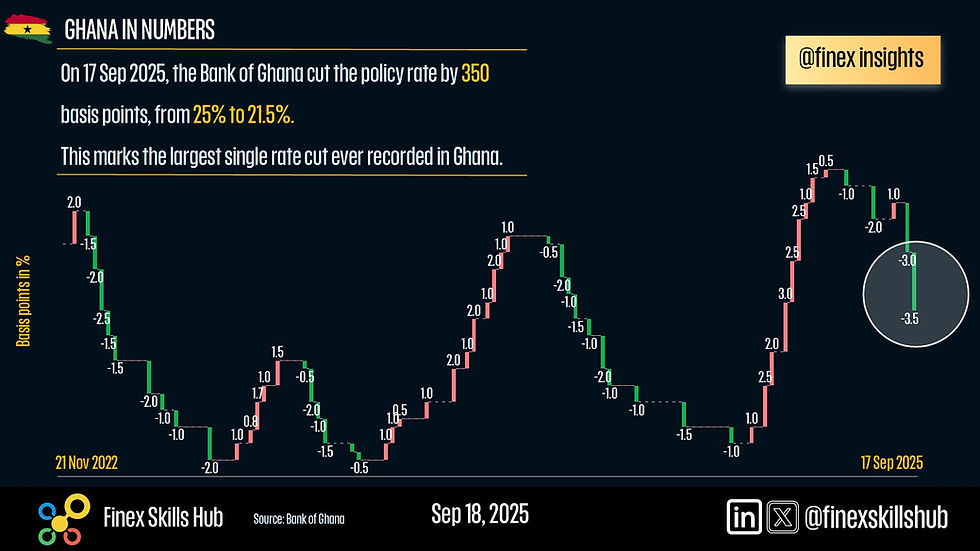Ghana’s Mobile Money Surge: A Decade of Digital Financial Inclusion
- bernard boateng
- Apr 9
- 2 min read
Updated: May 23
Over the last decade, Ghana has undergone a financial transformation fueled by the rise of mobile money. What began as a promising financial innovation has evolved into a national infrastructure for transactions, savings, and access to financial services. The latest data from the Bank of Ghana’s Payment Systems Oversight Report captures this journey in compelling numbers.
In 2012, Ghana had just 350,000 active mobile money accounts. Fast forward to 2023, and that number has soared to over 20.9 million. This steady growth reflects a broader shift in how Ghanaians interact with money—embracing convenience, accessibility, and digital trust.

📈 Peak Growth in 2016
The standout year in this growth story is 2016, which recorded the largest year-on-year increase in active mobile money users—a jump of 3.44 million accounts. This peak aligns with improved network infrastructure, aggressive mobile operator campaigns, and increased consumer confidence in digital transactions.
🔄 Year-on-Year Growth Trends
While 2016 remains the peak, every year since 2012 has contributed to the cumulative rise. The year-on-year (YoY) changes—represented in pink in the chart—illustrate how annual additions have varied, influenced by market dynamics, regulatory shifts, and digital adoption rates.
After 2016, the annual net growth slowed slightly but remained strong through 2020.
Notably, 2021 saw a dip, adding just 0.81 million, likely due to post-pandemic economic adjustments.
Growth picked up again in 2022 before tapering to 0.5 million in 2023, hinting at a market nearing saturation.
🌍 Financial Inclusion and Economic Empowerment
Ghana’s mobile money ecosystem has played a critical role in promoting financial inclusion, particularly for the unbanked and underbanked. With mobile phones more accessible than traditional bank branches, millions of Ghanaians now have the ability to:
Transfer money instantly
Pay bills and school fees
Save and borrow through mobile platforms
This digital inclusion empowers households, supports small businesses, and expands the tax net through formalized transactions.
🔮 What Lies Ahead?
The deceleration in net growth suggests the market is maturing, but opportunities remain:
Interoperability across networks and banks is improving.
Smartphone penetration is unlocking more advanced services like savings, insurance, and micro-investments.
Regulatory frameworks continue to evolve to support fintech innovation and consumer protection.
📊 Final Thought
Ghana’s mobile money story is more than just numbers—it’s about resilience, innovation, and access. The country's experience offers a blueprint for other African economies aiming to digitize their financial ecosystems while ensuring inclusion.
As the chart clearly shows, this climb has been steady—but its impact on livelihoods and the economy has been exponential.



Comments